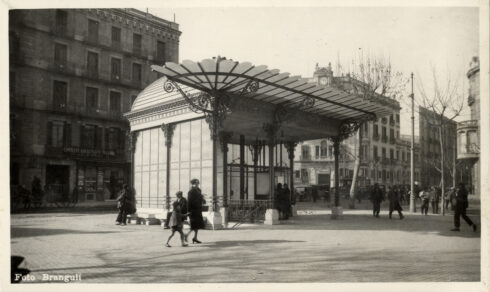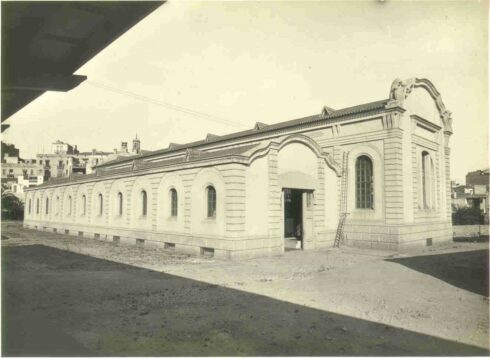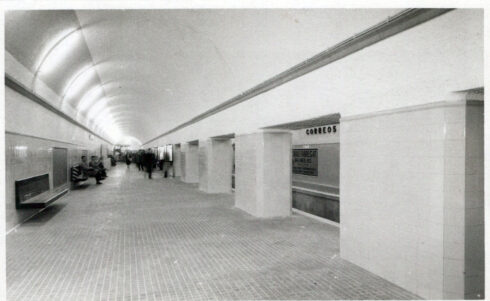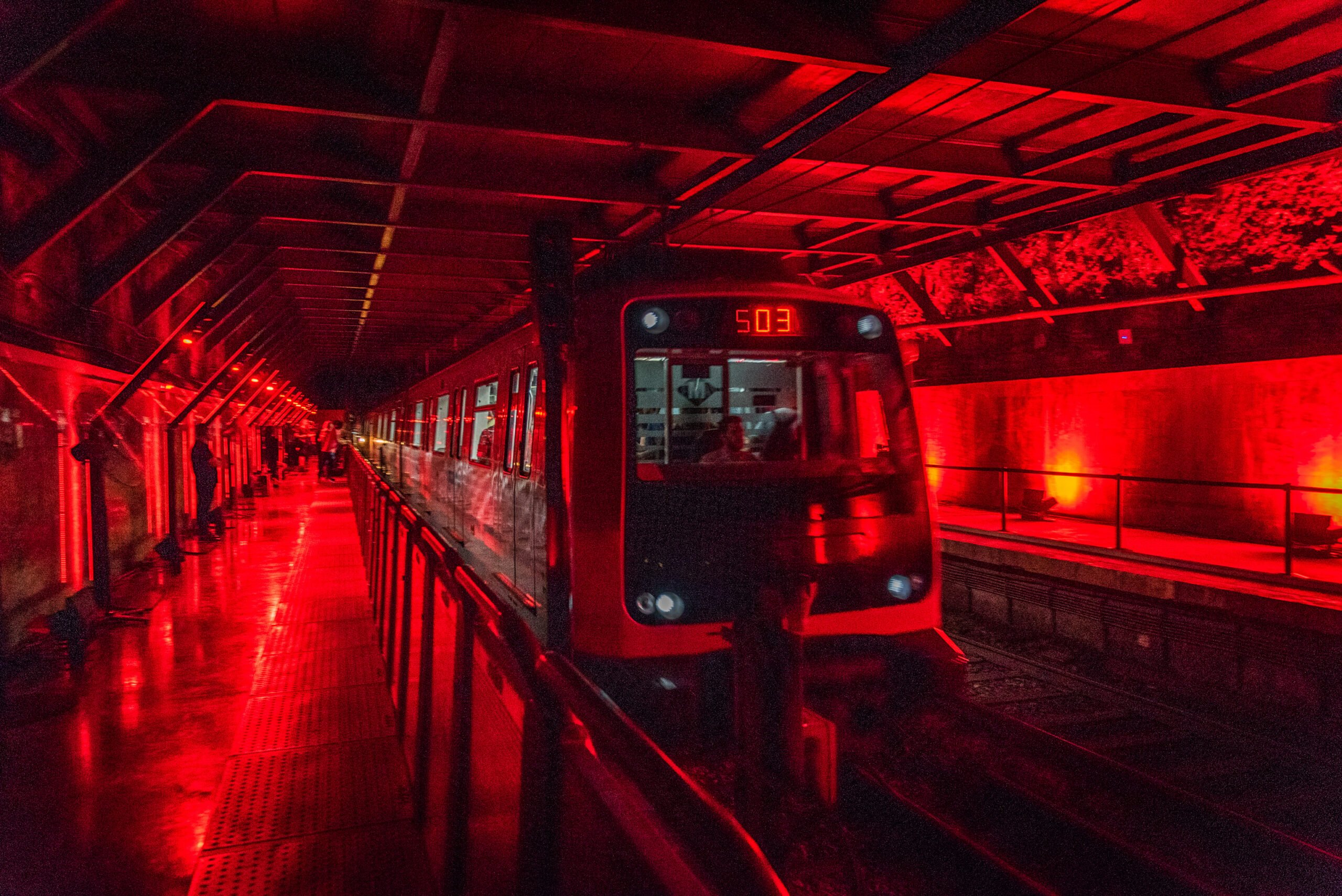BARCELONA’S metro system is set to open its mysterious ‘ghost stations’ to the public for the first time in history.
Transport enthusiasts and curious visitors will get a rare chance to explore this hidden underground world this autumn as the city’s Transports Metropolitans de Barcelona (TMB) is marking its centenary.
The doors will be thrown open to eight normally off-limits heritage sites, including two unused stations that have been gathering dust beneath the Catalan capital for decades.
The star attractions are the Gaudi and Correos ghost stations.

Gaudi station was built in 1968 but never saw a single passenger.
It is buried underneath Avinguda Gaudí, between the Carrers Marina and Lepant, positioned between the current Sagrada Família and Sant Pau.
Correos station, meanwhile, operated from 1934 to 1972 before being abandoned.
It is to be found under Via Laietana, positioned between the existing Jaume I and Barceloneta stations.
Visitors will have to walk along the active metro tracks to reach the platform, as the station has no street-level entrance.
READ MORE: Barcelona residents fight controversial Thyssen museum project over ‘property speculation’ fears

Its original access had an iron and glass aedicule that protected the stairs and the elevator. Over time, the aedicule lost its decorative wrought iron and other elements and was finally demolished in 1972. TMB
The free tours, running through September, October and November, offer guided visits where punters can learn about the metro’s fascinating 100-year history whilst exploring spaces normally reserved for engineers and maintenance crews.
Beyond the ghost stations, visitors can also peek behind the scenes at the old Urquinaona spiral staircase, the Santa Eulalia workshop (the network’s oldest, dating from 1922), and the ZAL workshop where the systems keeping Barcelona’s metro running are housed.
Architecture buffs will appreciate the Mercat Nou electrical substation, a Renaissance-inspired building showcasing traditional and modern Catalan art.

The site is one of the original buildings remaining from the old Metro Transversal (today line 1). It was designed by architect Joan Bergós Massó, who created buildings influenced by the Italian Renaissance, traditional Catalan art and some derived from modernism and the architect Gaudí. TMB
Meanwhile, wannabe train drivers can test their skills on the control centre’s driving simulator.
Xavier Flores, TMB’s chief executive, said the celebrations were designed to honour both the metro workers ‘who make the service possible every day’ and Barcelona’s citizens.
“We want to open the most emblematic spaces of the metro network,” he added.
With 5,033 free tickets up for grabs, interested visitors need to register on TMB’s website.

Given Barcelona’s popularity with tourists and the unique nature of these tours, demand is expected to be fierce.
The initiative offers a rare glimpse into the hidden infrastructure that keeps one of Europe’s busiest metro systems running, making it a must-see for anyone fascinated by urban transport history or simply looking for an unusual day out in Barcelona.
Click here to read more Barcelona News from The Olive Press.









It seems that this article has come a bit late as the tickets are already sold out :-(